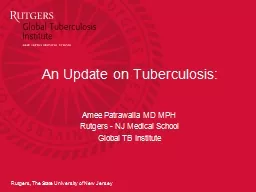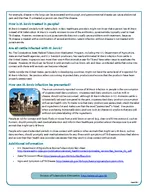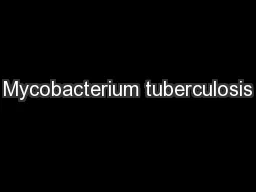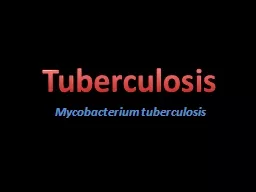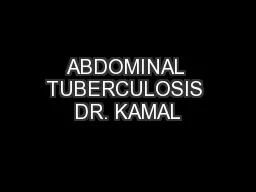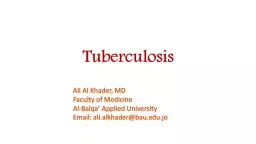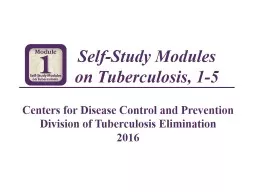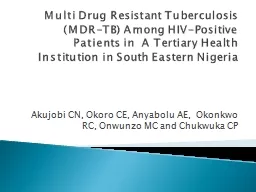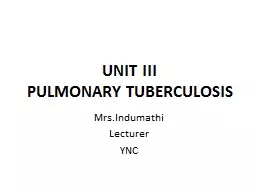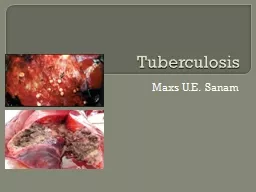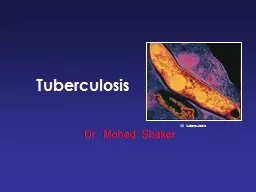PPT-Tuberculosis: Where Are We Now?
Author : debby-jeon | Published Date : 2018-12-16
Amee Patrawalla MD MPH Rutgers NJ Medical School Global TB Institute Learning Objectives Understand the current epidemiologic state of TB globally and in the United
Presentation Embed Code
Download Presentation
Download Presentation The PPT/PDF document "Tuberculosis: Where Are We Now?" is the property of its rightful owner. Permission is granted to download and print the materials on this website for personal, non-commercial use only, and to display it on your personal computer provided you do not modify the materials and that you retain all copyright notices contained in the materials. By downloading content from our website, you accept the terms of this agreement.
Tuberculosis: Where Are We Now?: Transcript
Download Rules Of Document
"Tuberculosis: Where Are We Now?"The content belongs to its owner. You may download and print it for personal use, without modification, and keep all copyright notices. By downloading, you agree to these terms.
Related Documents

